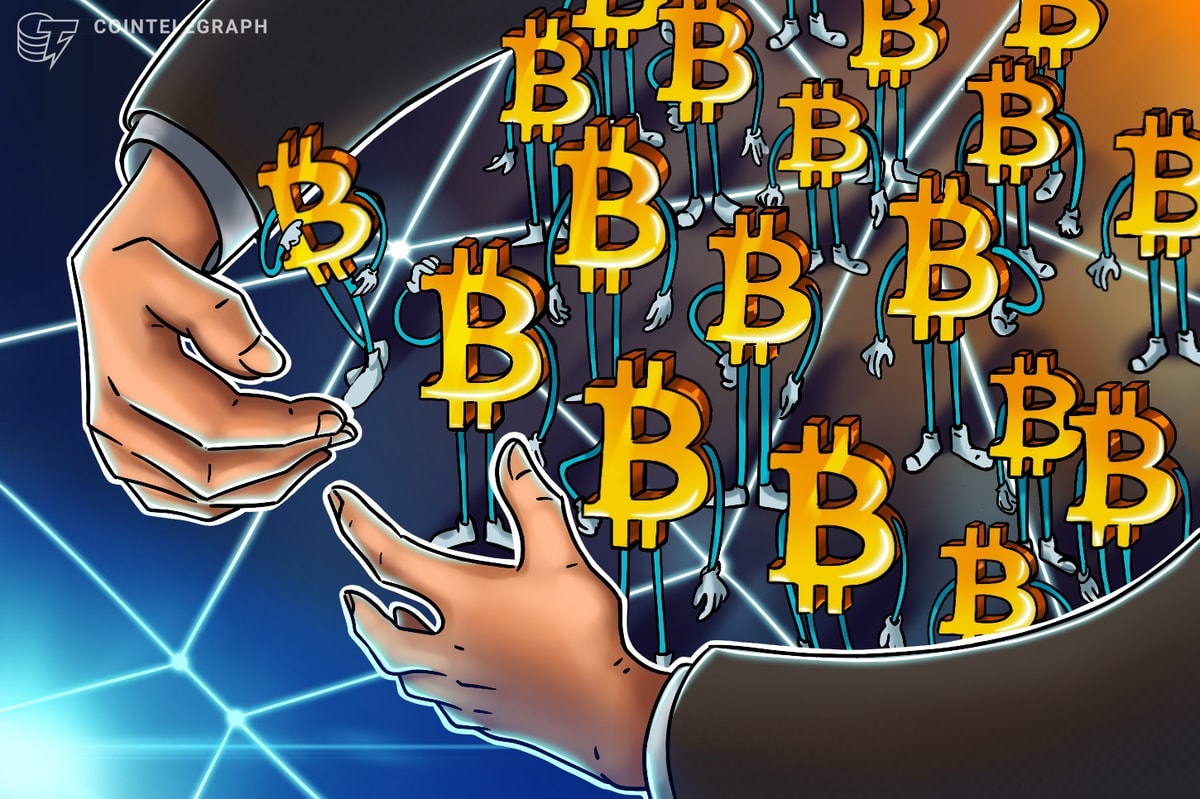The New York Times reports that suggested tipping rates for service workers in the US is reaching as high as 75% for a cup of coffee. Mobile apps and touch-screen POS software programs are changing the US tipping culture, as ChangeTip changes tipping in the cryptocurrency world.
As microtipping becomes ubiquitous across the internet, the service industry is implementing software that automatically suggests tip amounts to customers, providing a growing pressure to tip servers at higher rates.
The standard tipping rate for a sit-down restaurant in the US has long been 15–20%. The server would bring the bill at the end of the meal and leave while the customer did the math—either in their head, or these days, they may use a tipping app on their phone to calculate a tip—and manually add it to the total bill amount.
If paying with a credit card, a customer would write the tip amount he or she wanted to give the server on a separate tip line found on the printed receipt and manually add it to the food total. The server would come back a few minutes later to take the bill along with the card. If paying in cash, the customer would discreetly leave the tip on the table for the server to pick up after the customer had left the restaurant.

As those of us in the cryptocurrency space well know, “times are changing.” But sometimes things don’t necessarily change for the better. The Times reports:
“Leaving 15 percent for full service ... and less for quick transactions, is considered chintzy by some people. ‘We recommend 20 percent absolutely,’ said Peter Post, managing director of the Emily Post Institute, which offers guidelines in etiquette.”
There’s nothing wrong with large tips, of course, or cultural changes. People should be allowed to tip as much as they want and earn as much as they want, or as much as they can. It’s the increasing pressure to tip at growing levels that many customers don’t like. The Times says:
“[Bold are] the proliferating tablet-based point-of-sale systems that force the issue by presenting consumers with a slate of generous gratuity options before the transaction can be completed.”
Dominik Zynis, director of Blockchain Capital, says he encountered the phenomenon recently at a restaurant in Delray Beach, Florida:
“The tip amount was ridiculous for buying a chicken wrap and a coffee at a restaurant where you picked up your food from a counter and found your own seat and utensils. … I didn't tip anything. ... There was no actual ‘server’ involved, simply a chef making a wrap and placing it on the counter for me to pick up. It would be like expecting people to tip at McDonalds or at the movie theater for getting a hot dog and popcorn. In general I find this trend of ‘tipping’ a bit like trying to nickle and dime people for every small interaction.”
When the suggested tip is US$3—or 75%—on a US$4 cup of coffee, the practice becomes more than “nickle and diming.” The Times reports:
“‘The onset of iPad P.O.S. systems is completely changing the way consumers tip,’ said Justin Guinn, a retail market research associate at Software Advice, who recently completed a study on the effect of such systems on tipping practices for clients in the restaurant industry.”
More accurately, the software is changing the way those in the service industry ask for tips, requiring customers to be more assertive in deciding on their own amount based upon how well they liked the service they received. Discreetly adding an amount to one’s bill, providing the server with a tangible message about how well they’ve performed their job, is becoming a thing of the past.
Increasingly, servers ask for tips directly through the POS technology, even specifying the amount they’d like to receive. For customers, the practice could become just another part of receiving service. If this happens, the effect may be to decrease the customer’s perceived value of the service experience. “In general,” says Zynis, “I don’t really know if regular consumers will react well to this type of tactic.”
Nathan Wosnack, CCO of Blockchain Factory shares the sentiments:
“I'd personally boycott any place that tries to pressure me into high levels of tipping, as this inevitably will result in an entitlement attitude and resentful staff to those who don't consent to this pressure tactic. Any places that [offer] a default tip ... for someone serving me a coffee, for example, are behaving ridiculously.”
Such practices could be called “macrotipping,” in comparison to the “microtipping” that ChangeTip enables and encourages. People use ChangeTip for reasons and motivations other than tipping service industry workers. Perhaps someday we’ll all be able to use ChangeTip at restaurants, but for now it’s mostly a social internet service that is used to let someone online know you appreciate something they’re doing. Such tips are given for a product provided (such as music or an online article or blog entry), a well-worded tweet, or a valuable online comment.

Restaurant tipping is generally a U.S. practice, applied on top of a below-minimum wage allowed for such workers by law. In Europe, restaurant workers are paid a regular wage and the “tip” is included in the price of the meal. European servers, therefore, may be less friendly and less concerned with a customer’s experience of their meal because the server is paid the same amount regardless of whether a customer is happy.
The difference between the POS tipping and ChangeTip experiences, however, may come partly from a perception of whether the act of tipping, and deciding how much to tip, is voluntary. In the service industry, the promise of receiving a decent tip is meant to motivate a server to provide excellent service, thereby motivating the customer to tip well, or to tip at all.
The latest POS tipping technology in the US is designed to generate fat tips by instilling guilt or obligation in customers. The effect may work in opposition to encouraging a worker to do a good job.
ChangeTip thrives not just because the technology is new, but because it grows out of a social culture of enthusiasm. The service allows people to send small amounts of Bitcoin through social media and publicly show appreciation for anyone on the internet. "Fundamentally, most people want to be generous," says founder and CEO Nick Sullivan. He continues:
"The problem today is that friction around payments is too high. By reducing friction on payments, people will see that it's easy to show their appreciation, and feel good doing it. The intersection of Bitcoin and social media will invent entirely new human behaviors."
Self-motivation to tip makes all the difference. At best, users of ChangeTip have found a way to express their support for cryptocurrency, for the startups and technologies that emerge from it—and finally for anything or anyone else online that they may want to support.











